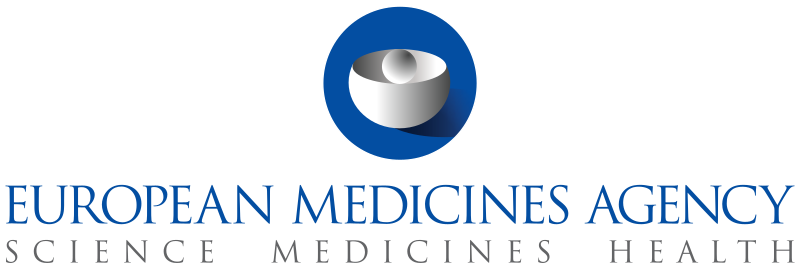
A medicinal product authorization application requires comprehensive information on origin and quality of an active substance. What information is required was defined in two Guidelines so far: the Guideline "Chemistry of Active Substances" (3AQ5a) from 1987 and the "Guideline on the Chemistry of New Active Substances" from 2004. Because both Guidelines' content do not take into account the ICH Guidelines Q8-11 issued in the meantime and do thus not meet the current state of the art in sciences and in regulatory practice, the EMA Quality Working Party (QWP) developed an updated document entitled "Guideline on the chemistry of active substances" (EMA/454576/2016), which was issued on 21 November.
The new Guideline describes the information on new or already existing active substances required in an authorization dossier. In the context of this Guideline "already existing" ingredients are those that are used in a product already authorized in the EU.
In detail the information and data regarding the substance have to be included in the following chapters of the CTD:
3.2.S.1: Nomenclature, information on the structural formula, pharmacological relevant physicochemical properties.
3.2.S.2: Information on the manufacturer(s), contractor(s), testing facilities etc.; description of the manufacturing processes (schematic representation with flow diagram as well as narrative); where appropriate detailed information on alternative manufacturing processes, for recovering of solvents and for routine reprocessing. Information with regard to re-working should not be included in the authorization dossier.
3.2.S.2.3: Information for controlling the material used during the manufacture and for its specification (incl. identity test). This paragraph is more comprehensive in the new Guideline compared with its predecessor and takes into account the requirements of the ICH Guideline Q11. This Guideline comprises requirements for the following materials: materials from biological sources, those used for the chemical synthesis of starting materials, materials from herbal origin, excipients like solvents (incl. water), reagents, catalysts etc.
3.2.S.2.4: Information on critical process steps (the Guideline comprises examples for these critical steps) as well as on quality and control of isolated intermediates within the synthesis steps. All information has to be provided with the appropriate justifications.
3.2.S.2.5: Information on Process Validation
3.2.S.2.6: Information on the development of the manufacturing process. Here all changes have to be described that were performed during the various phases (pre-clinical, clinical, scale-up, pilot and possibly production phase) of the process for new active substances. For already existing active substances available in production scale no information on process development is needed.
3.2.S.3: Information on Characterisation. Comprehensive information on the elucidation of the structure of the active substance, its physico-chemical properties and its impurities profile have to be provided. Further, the mutagenic potential of degradation products has to be considered. The analytical methods have to be described and their suitability has to be justified.
3.2.S.4: Information on the control of active substances. The analytical procedures and their validation have to be described. Data for the analytical method development should be provided if critical aspects of the analysis regarding the active substance's specification need to be clarified. Analytical data are necessary for batches for pre-clinical and clinical studies as well as for pilot batches which are not less than 10% of the maximum production scale. The substance's specification and its control strategy have to be justified on the basis of data from the pre-clinical and clinical phase and, if available, from the production phase.
3.2.S.5: Information on reference materials. If no Chemical Reference Substances (CRS) of the European Pharmacopoeia - counting as completely qualified reference standards - are used, comprehensive information on the analytical and physico-chemical characterization are required even for established primary standards.
3.2.S.6: Information on Container Closure System. Here a brief description is sufficient. However, if a Container-/Closure System is critical for the substance's quality, its suitability has to be proven and justified. A reference to stability data can be used as supporting information.
3.2.S.7: Information on Stability. A detailed description of the stability studies carried out and the protocol used as well as a summary of the results are expected. Information on stress studies and conclusions on storage conditions and re-test dates or expiry dates are also to be made. This does not apply to substances monographed in the European Pharmacopoeia. If no re-test period or expiry date of batches on the production scale is available at the time of submission of the application, a stability commitment has to be attached with a post-approval stability protocol. The analytical methods have to be described.
The Guideline's provisions also apply to an Active Substance Master File (ASMF) or to a Certificate of Suitability (CEP). They apply to active substances that have undergone development in a "traditional" way or according to the "enhanced" approach. The provisions of the ICH Guidelines Q8-11 have to be taken into account.
The Guideline is not applicable to active substances of herbal, biological and biotechnological origin as well as to radiolabelled products and radiopharmaceuticals.
www.gmpviolations.com
(This story has not been edited by GMP Violations staff and is auto-generated from a syndicated feed.)
Disclaimer: The Logos/Images posted here are belongs to respective to Authority / owners of firm.























